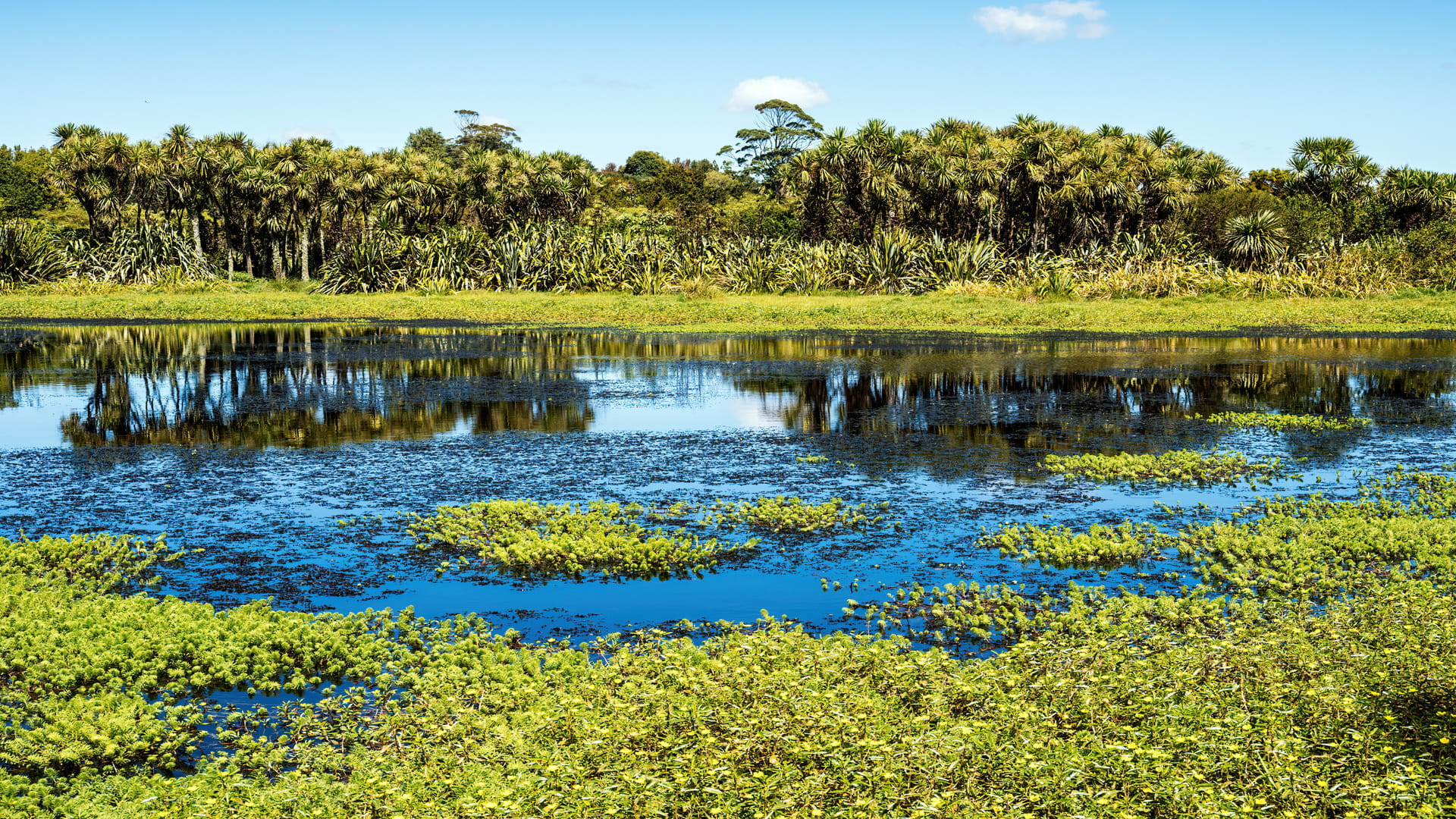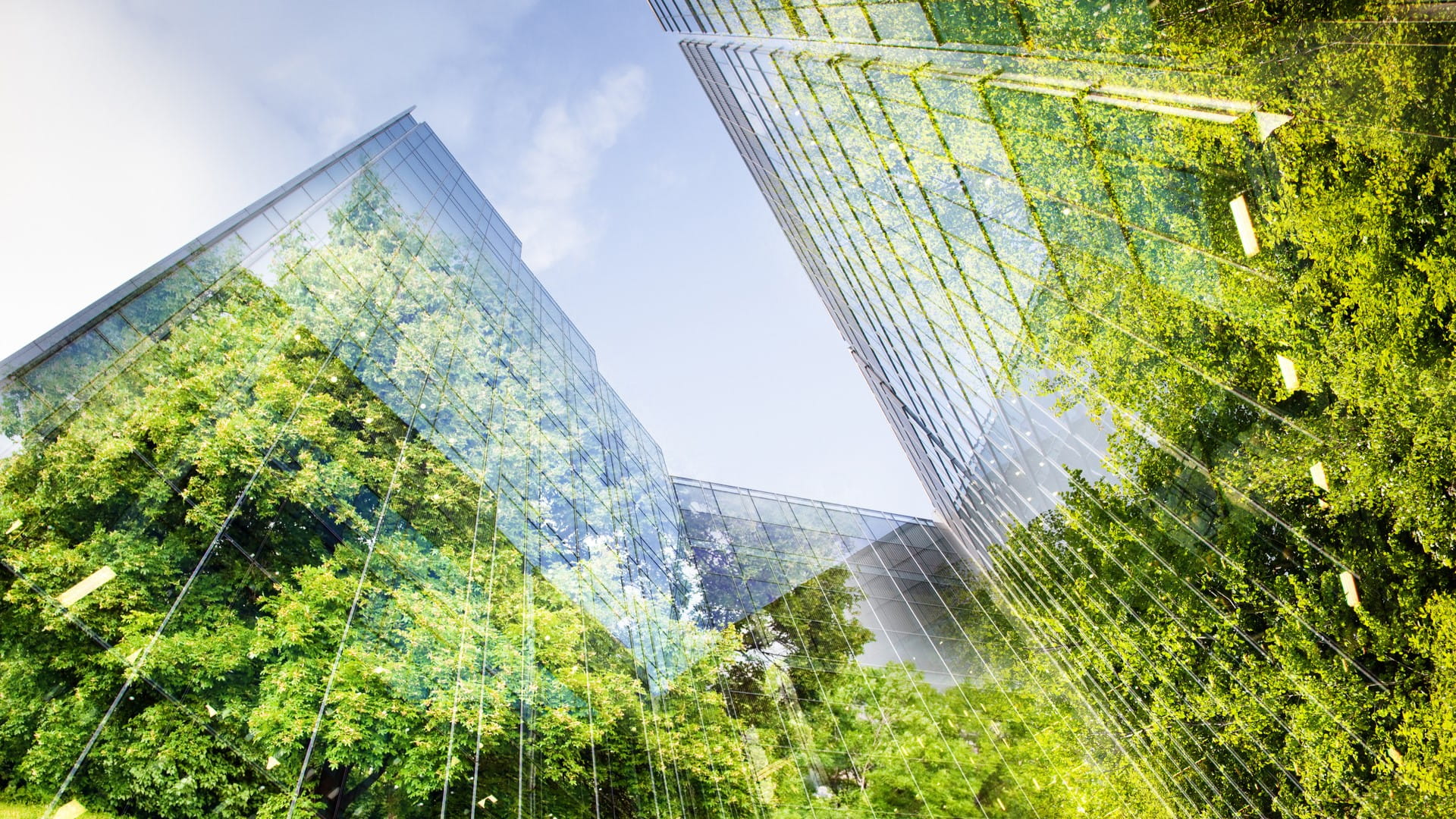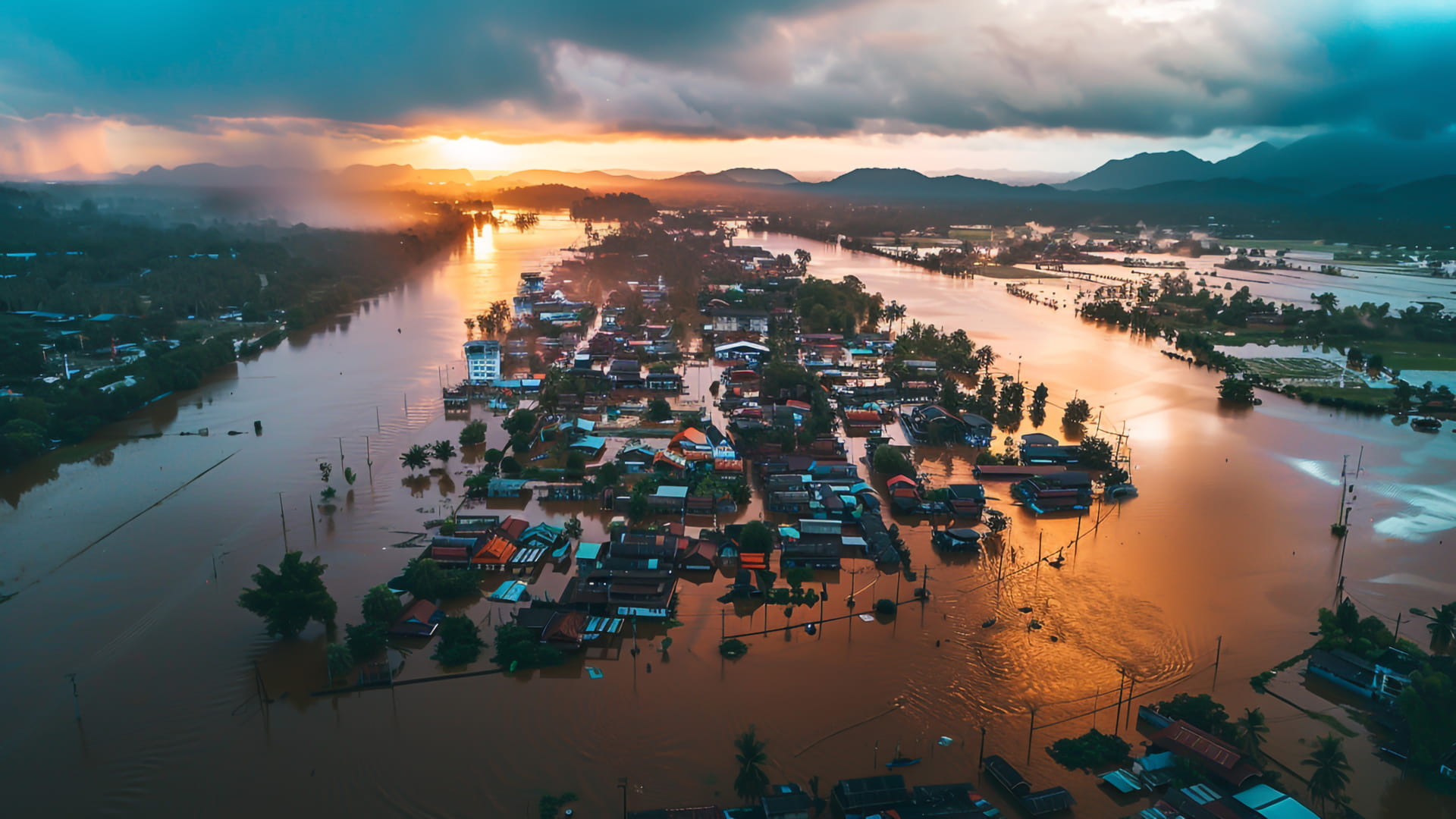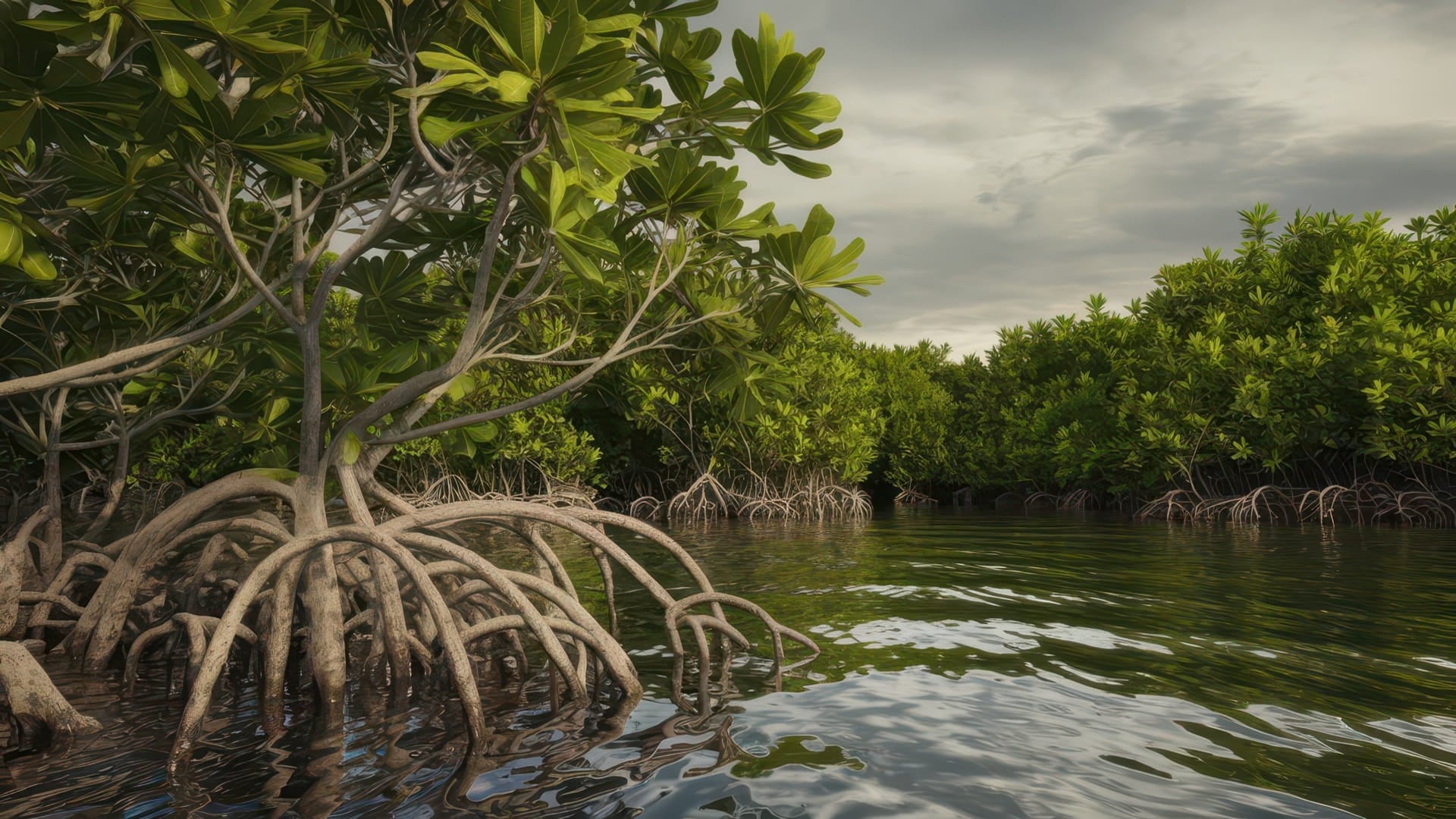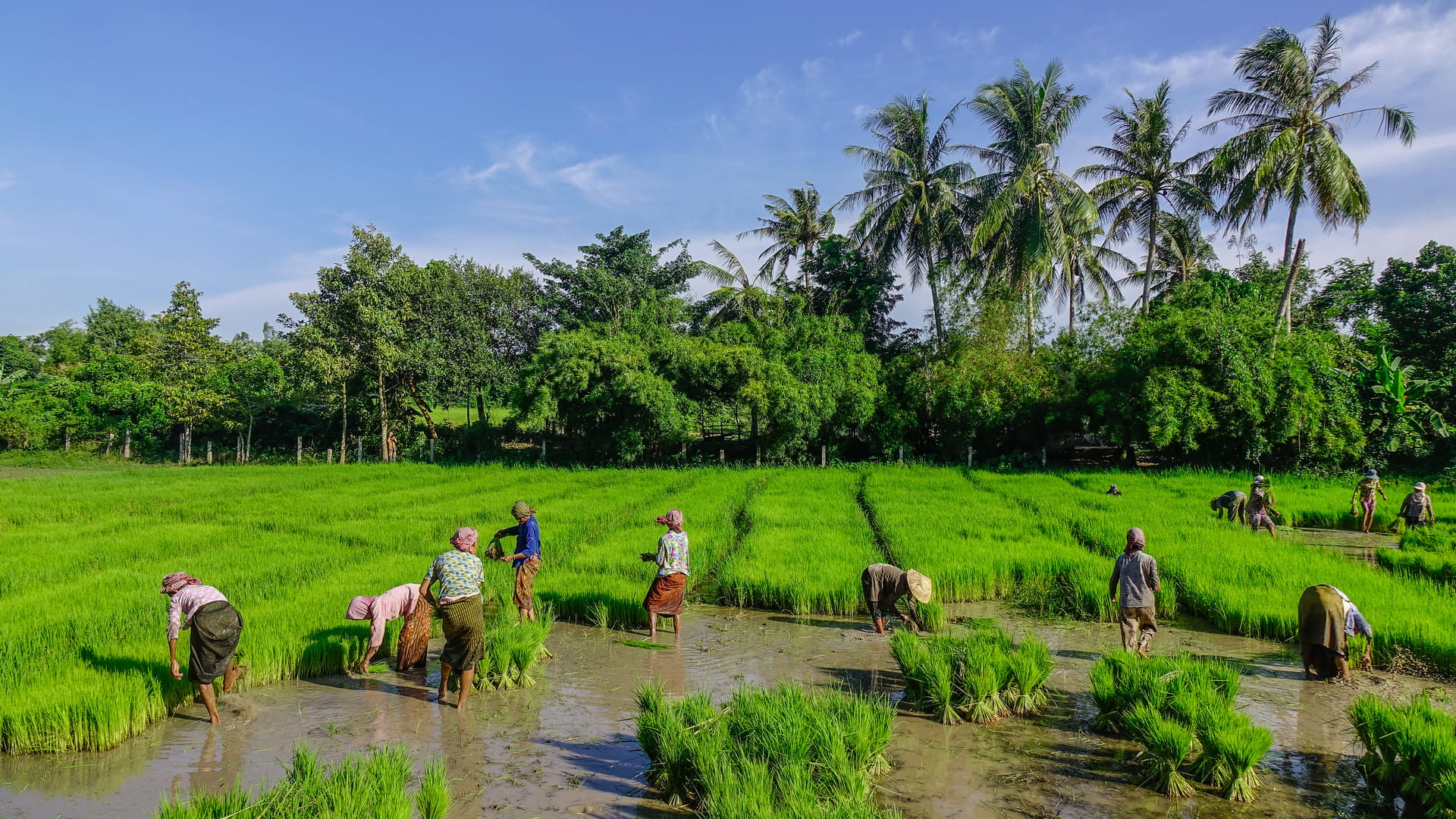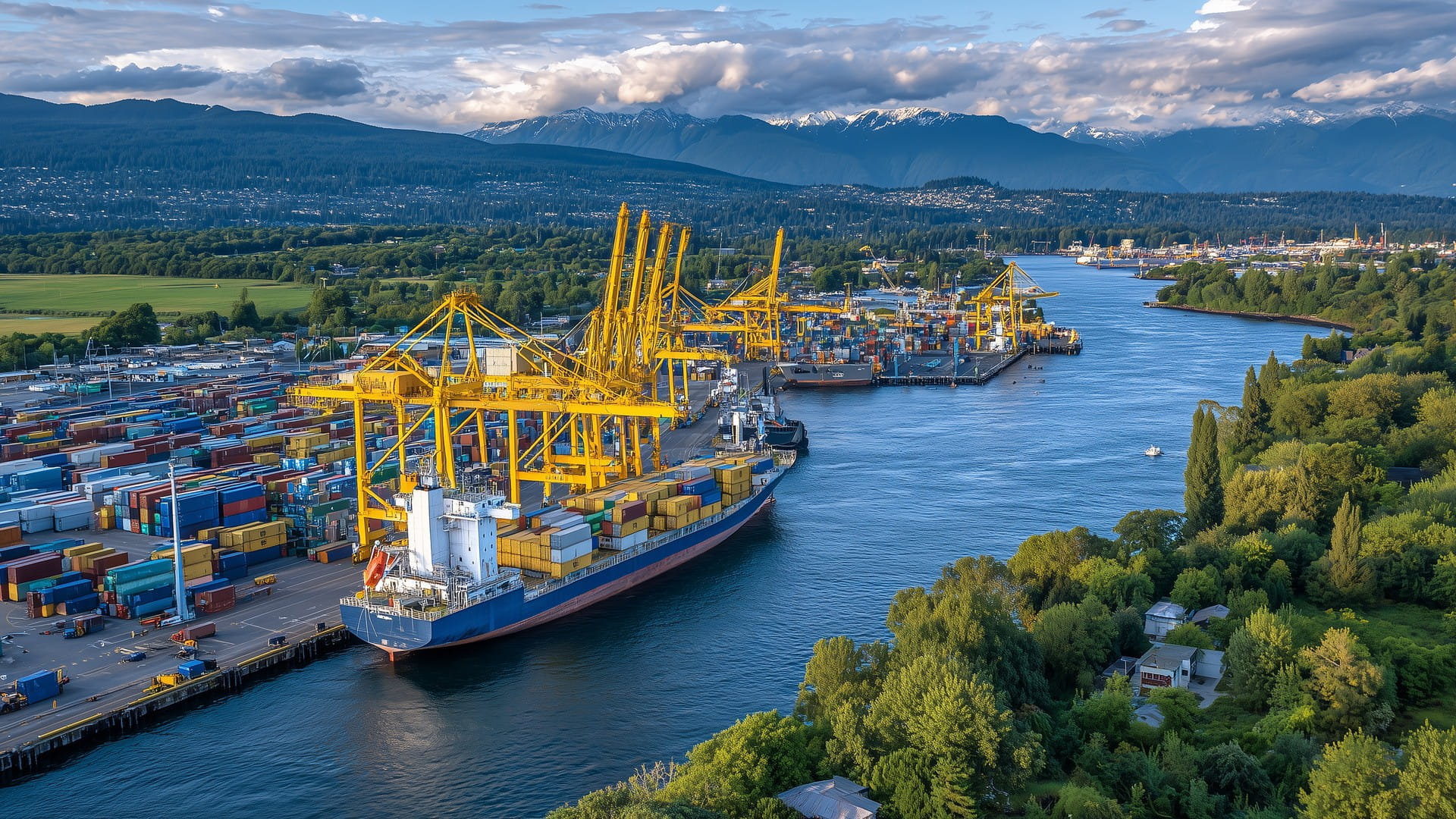Putting sustainability at the heart of land reclamation
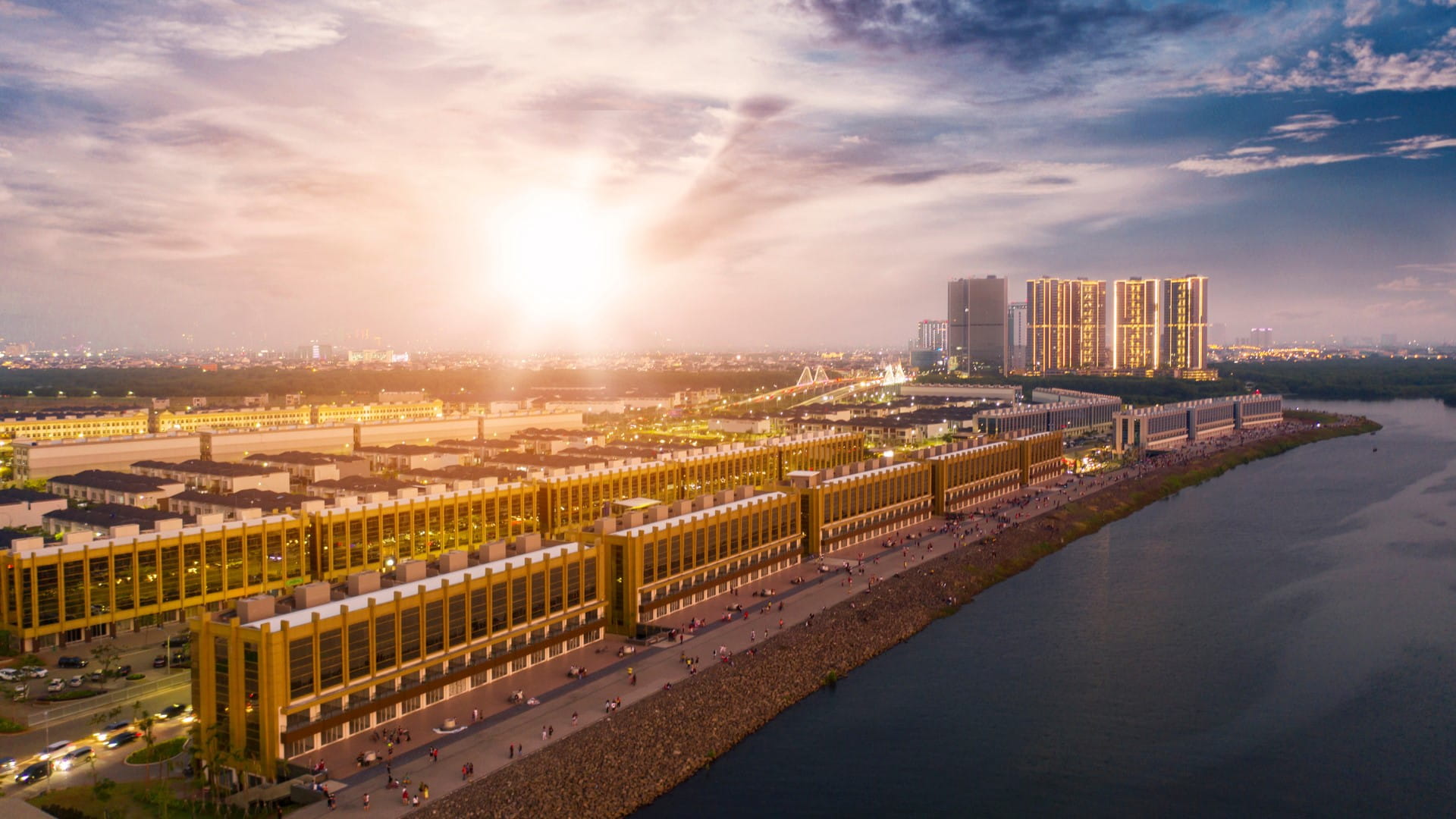
The Pantai Indah Kapuk (PIK) area seen from a height. It is a new business and residential area resulting from coastal reclamation in North Jakarta, Indonesia.
Cities demonstrate the need for land reclamation – and the potential issues
The city of Jakarta faces a pressing issue around space, with much of the city at risk of becoming submerged over the next decade. To solve these challenges, the city administration considered plans to construct outer sea dikes and use the area between them and the mainland to raise new human-made islands in the Bay of Jakarta.
In the National Capital Region of the Philippines, the city has spread inland over vast swathes of land. Now expansion into the Manila Bay is considered a more economically viable solution than what has come before.
Other cities which are considered more “modern”, such as Singapore and Hong Kong, have also reclaimed land over the years to expand their foreshore in cases where inland development is no longer an option.
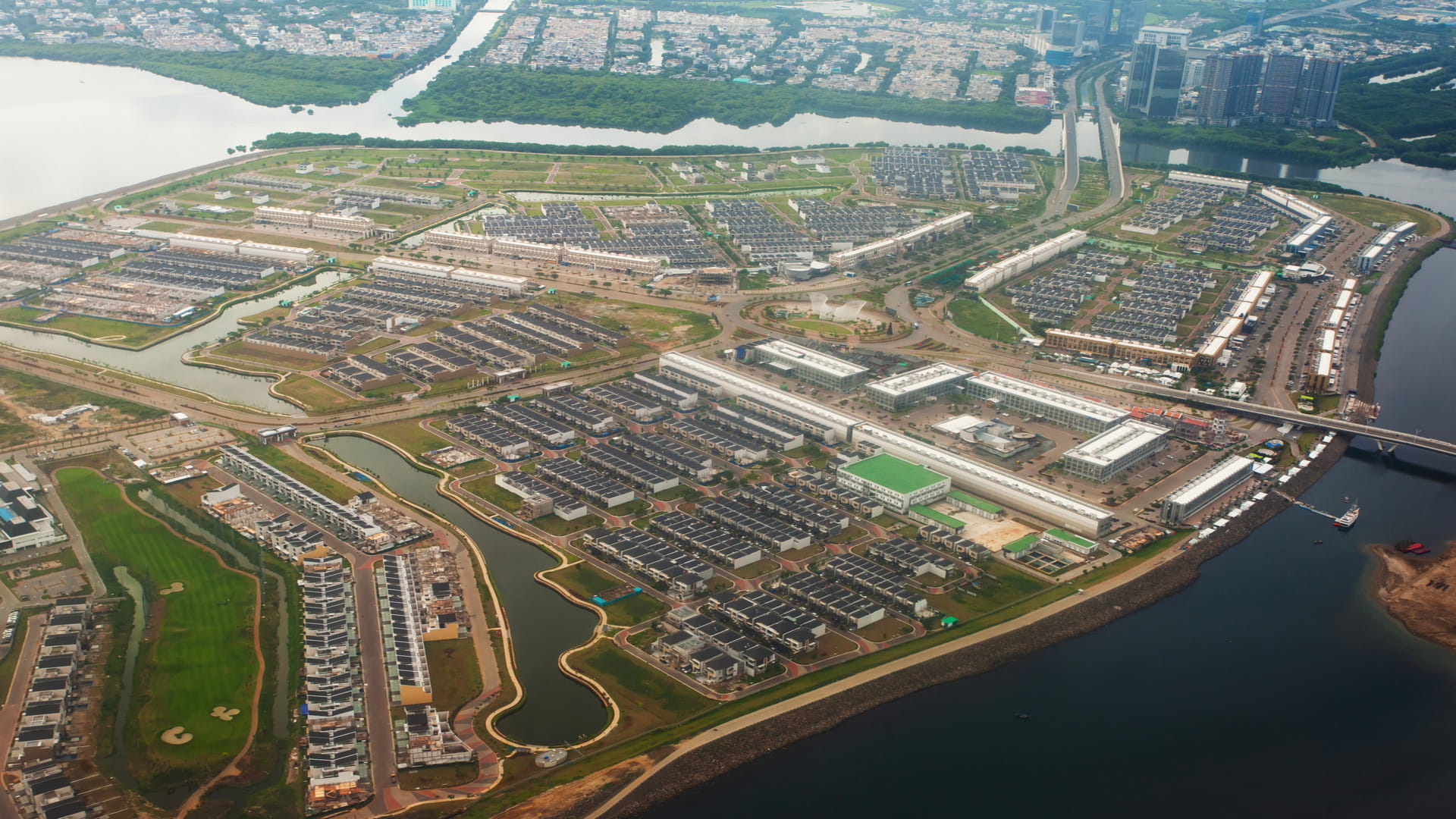
Land reclamation projects present a unique chance for new city development, unlike existing urban areas with limited space hindering Nature-based Solutions (NbS). However, large-scale reclamation projects often face scepticism and public backlash.
In the case of Jakarta, local citizens and fisherman express concern that the new islands will change sea currents and exacerbate the already fragile ecosystems along the coast. For land reclamation projects, the top three common concerns, generally, are:
- They affect marine ecosystems, reducing biodiversity, diminishing or potentially removing livelihoods that depend on them.
- They are exposed to, or causes of, land subsidence, flooding, and other natural disasters.
- They alter hydrodynamic conditions (i.e., tides, currents, and waves) and hinder the discharge flows into the sea which can lead to reduced water exchange. This potentially increases turbidity, sedimentation, and worsens water quality
It is understandable that related communities have concerns about how human-made structures may impact environmental risks and the balance of nature. However, some of the concerns follow from limited understanding of how reclamation development is normally carried out.
Land reclamation projects should be carefully considered and follow a process of Environmental and Social Impact Assessments (EISA), careful master planning, and then detailed design to ensure the safety of the new land and surrounding areas.
There are multiple ways to reclaim land while minimising potential impacts on local ecosystems. For example, Singapore has increased its territory by 25% in recent decades by reclaiming land. It’s done so in smart ways to deliver sustainable solutions that reduce flood risks, while maintaining green spaces that offer co-benefits to the local environment, ecology, and people.
Putting sustainability at the heart of land reclamation
Any consultants working on land reclamation projects should consider ways to responsibly mitigate the potential impacts reclaimed land can have on local ecosystems. One approach is to build new solutions with nature to help preserve habitats, stabilise marine ecologies, and deliver other co-benefits.
Depending on the location and particulars of a land reclamation project, there are several roles NbS could play in enhancing biodiversity, offsetting any losses, and making the reclamation more sustainable.
Looking at the top three concerns people have with land reclamations, in this blog three general approaches that can offset those concerns are proposed.
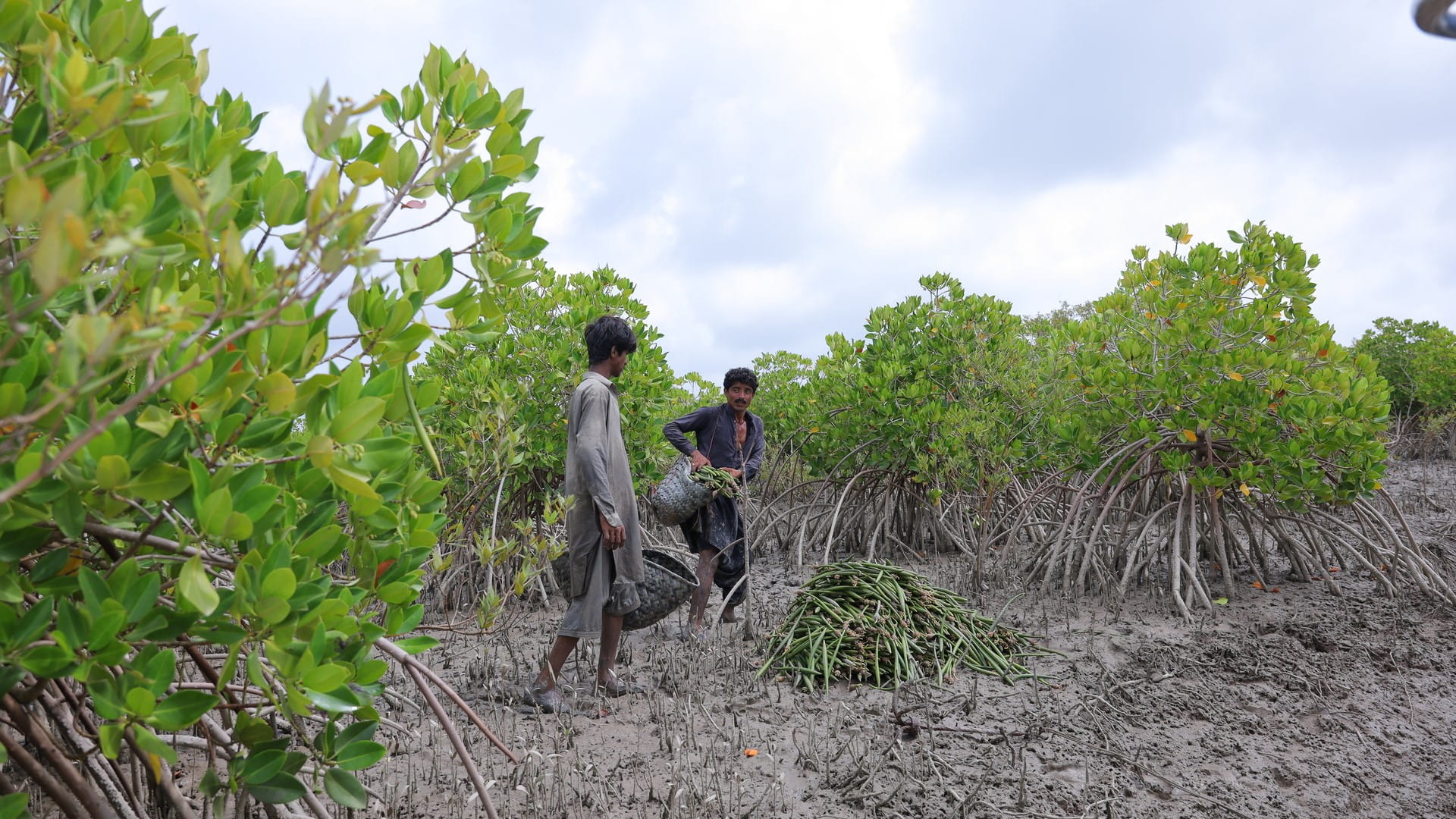
Learn more about the role of nature-based solutions in land reclamation
Reclaiming land is an option for any waterfront city that needs more room to grow. Understandably though, there are concerns around what artificial land masses do to local marine life, waters, and ecosystems.
While all land reclamation projects are subject to extensive planning and impact assessments to ensure these impacts are minimised or mitigated, there are ways to go further by incorporating sustainable NbS. With the right engineering expertise behind them, these nature-based approaches can protect reclaimed land from flooding, while bringing co-benefits to biodiversity, and welfare of the coastal community.
In this blog, we have looked at three examples of using NbS to maintain biodiversity, protect against flooding, and ensure continued water quality surrounding land reclamation projects. But there are, of course, countless other ways to build with nature to deliver these benefits.
If you’d like to learn more about how you can incorporate NbS into land reclamation, please get in touch with our experts.
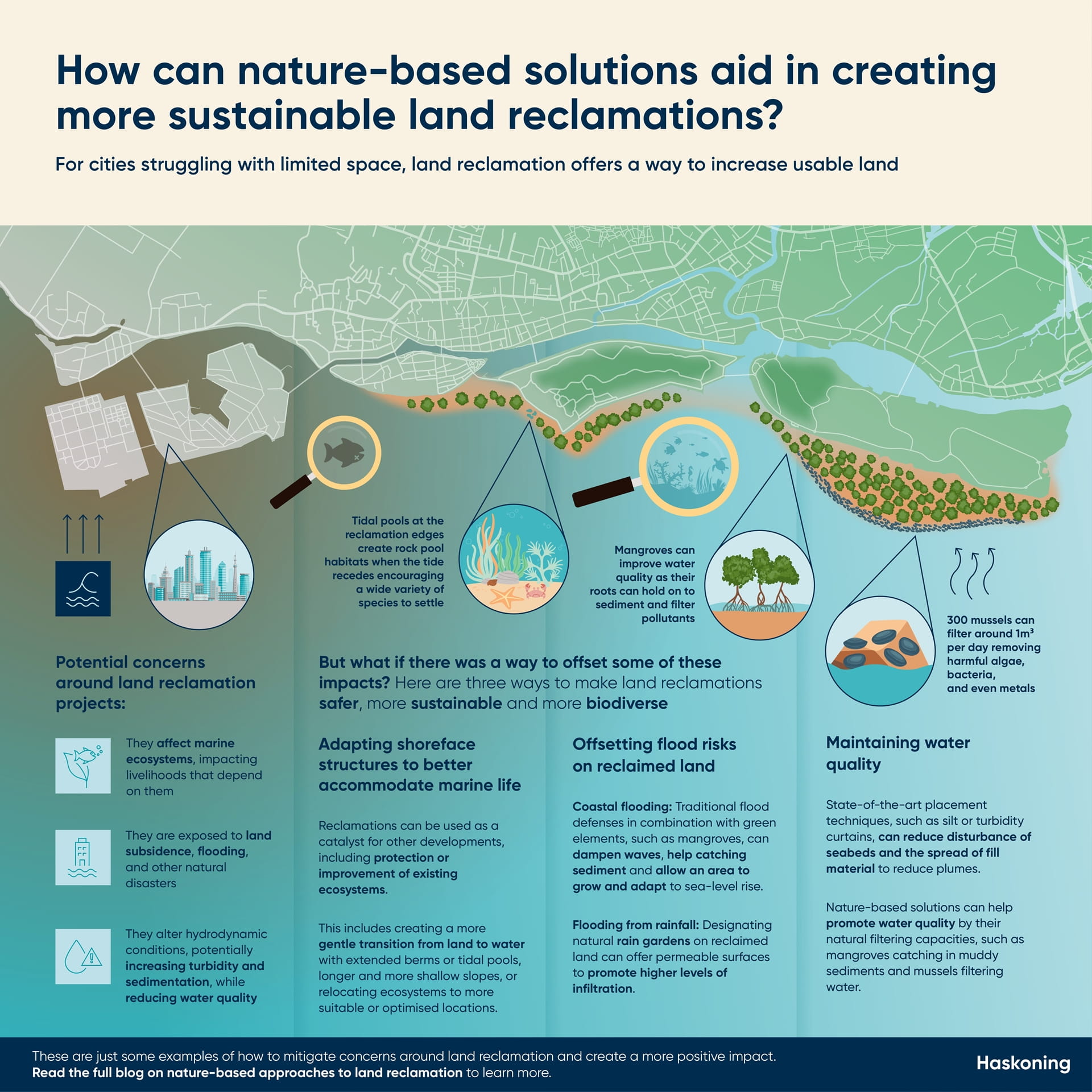
Whitepaper on Nature-based Solutions
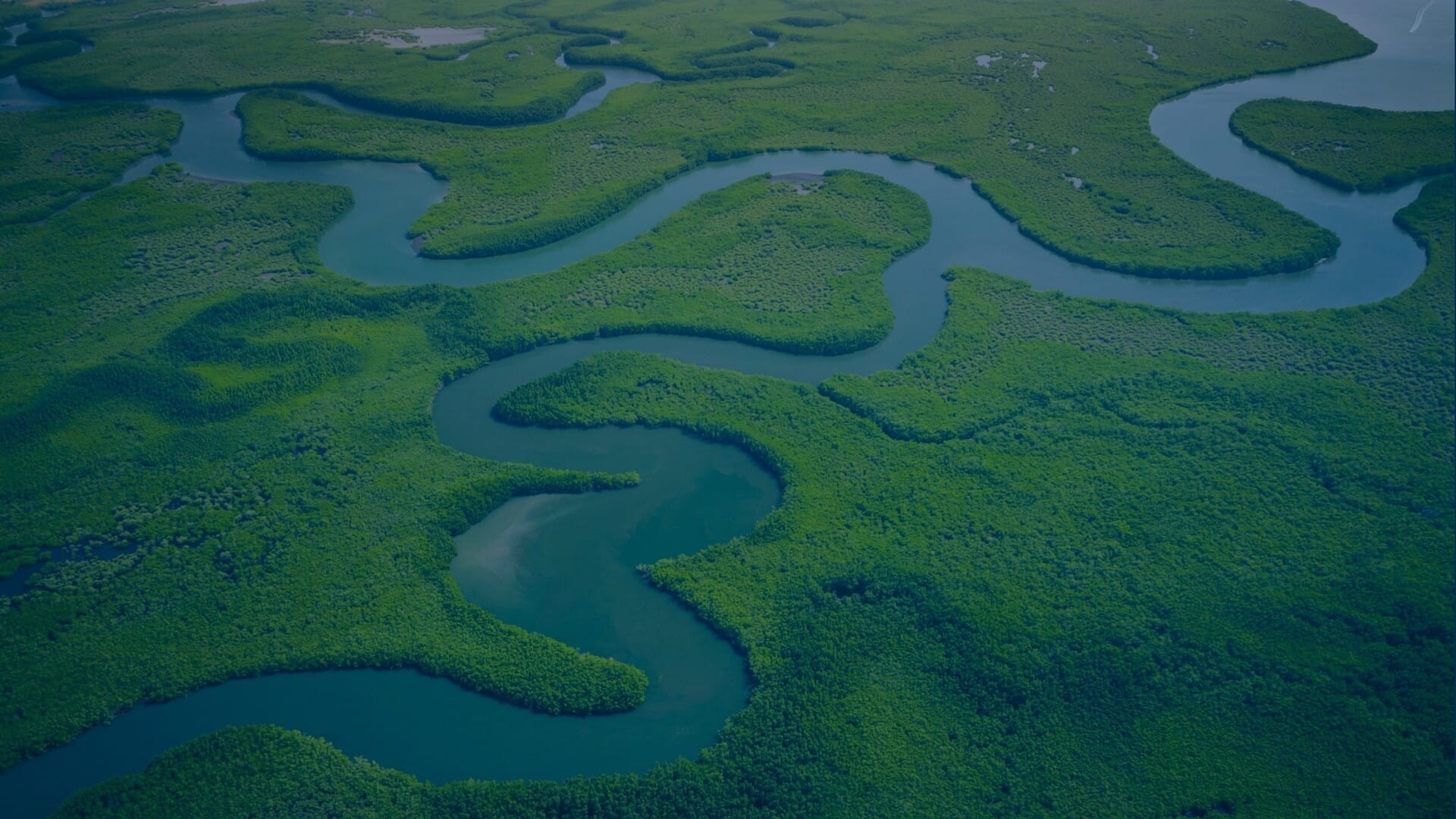
Nature-based Solutions brochure
As our climate continues to change, it’s imperative that we find ways to protect the environments we live in, the ecosystems we depend on, and the habitats that support us. At Haskoning, we’ve been using the power of nature to make the world safer and more sustainable for years. Working with and alongside nature is a big part of our mission to enhance society together – and we’d love you to be a part of it.
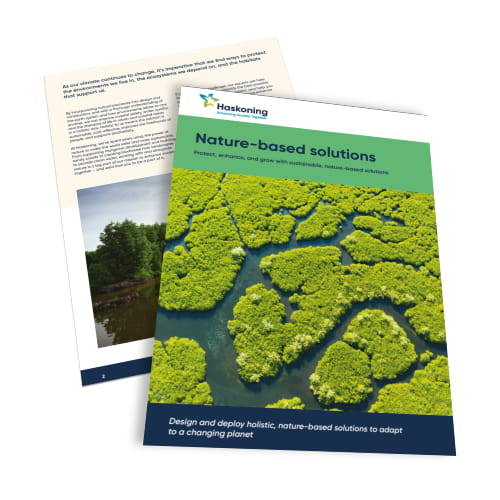
Discover more about Nature-based Solutions
Want to know moreor got a question?
Contact our Climate Resilience experts!
![[object Object] [object Object]](https://www.haskoning.com/-/media/images/employees-profile-pics/l/leuven-jasper.jpg?h=500&iar=0&w=500&hash=7fefb2b068d2fb323fbf3cfa3886e071)
